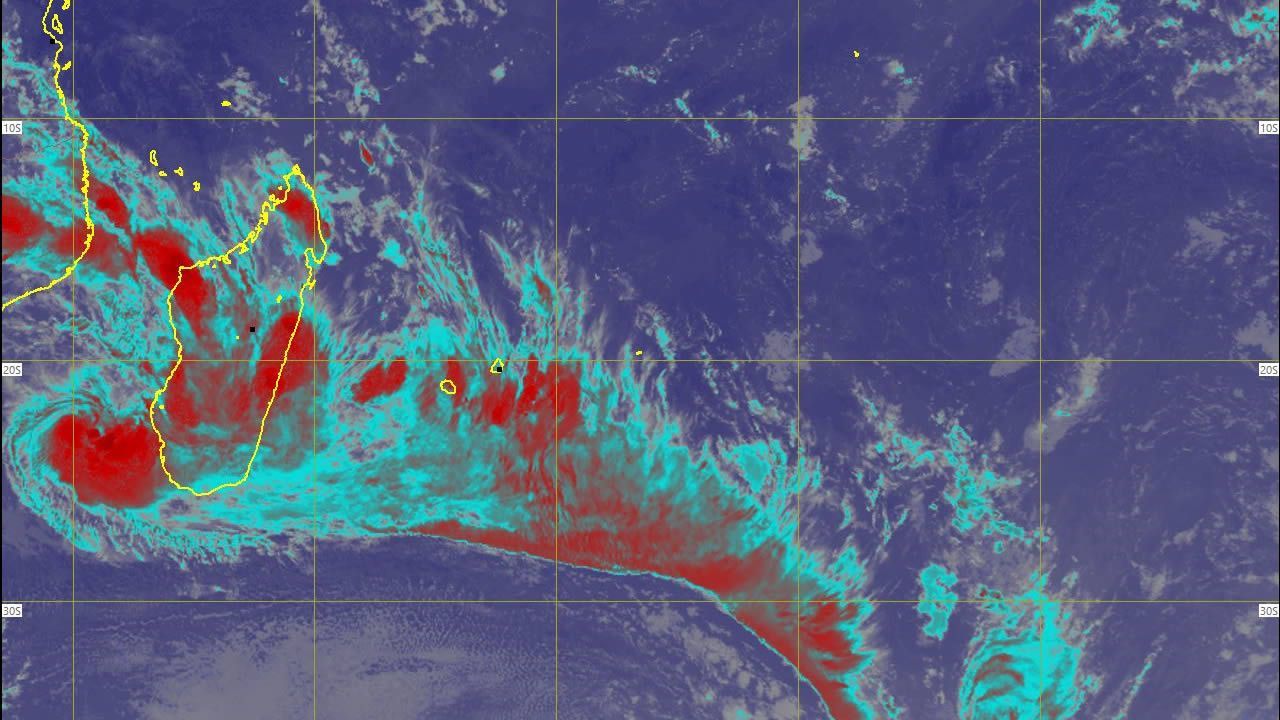
Let us look out to the rest of our solar systems: on Neptune there is an enormous storm, spiralling, first seen in 1989, now alive for 35 years, possibly many years more (hundreds/thousand years?). Mars has intense dust storms, including some that grow to encircle the entire planet.
On Jupiter there is the Great Red Spot, a giant storm that swirls through the atmosphere of the planet, first observed by astronomer Cassini in 1655 and which has been raging continuously ever since. Scientists believe that it predates Cassini's first observation of it, and no one knows how long it will last. In 2013, it was about the size of three Earth diameters. A storm that has been alive for 350 years as per human observation. Jupiter is as old as the solar system, about 4.5 billion years old! This storm may have been there from the beginning?
Storms on Earth (called cyclones in the Indian Ocean and elsewhere, typhoons in S-E Asia and the Pacific or hurricanes in America and the West Indies) form, travel and then dissolve within a few days or at most one or two weeks. Freddy born early February near Australia (named on 6th Feb 2023) was still fully alive on 18th of March, 40 days later, thus breaking the current record holder of the longest lasting Storm (Typhoon John in the Central Pacific) which lasted 31 days in 1994.
Tropical Cyclone Freddy developed between Indonesia and North Australia, becoming a named storm on 6 February. It then crossed the entire South Indian Ocean before slamming into Madagascar on 21 February, and then on to Mozambique. Then it moved back into the Mozambique channel gathering strength. “Meteorologically, Freddy has been a remarkable storm”, WMO said, adding that its journey across the entire Indian Ocean and onto Madagascar “is very rare”.
Freddy has also set the record for having the highest accumulated cyclone energy (ACE) of any southern hemisphere storm in history, according to the US space agency NASA, referring to the index to measure the total amount of wind energy associated with a tropical cyclone over its lifetime. Freddy was the first tropical cyclone to undergo six separate rounds of rapid intensification
Are we witnessing new effects of climate change which are semi-permanent or even permanent Storms travelling around the Planet?
Research is urgently needed into the structure of cyclone Freddy. As to which factors have rendered it so long-lasting.
Added to climate change and global warming, sea-level rise, holes on the ozone layer, accumulation of CO2 and other greenhouse gases, pollution and loss of biodiversity, there now could be the danger of long-lasting or even Permanent Storms, all of which we have to learn how to combat and live with.
= = = = = = = = = = = = = = = = = = = = = = = =
2.Rise in Planet Earth’s temperature by 2.1 to 3.3 degrees C by 2050. Against what we, all 194 states on the planet at our COP meetings had planned through actions such as renewable energy use, reduction in CO2 emissions, reforestation etc.) of 1.5 degrees, such rise will bring much increased intensity of phenomenon like storms, earthquakes, drought and floods. With the necessary adaptation of our ways of life to include catastrophes preparedness and recovery.
Dr Michael Atchia
(Ex-Programme Director, UNEP; Ex President, Mauritius Academy of Science &Technology; D.Sc. University of Salford, Manchester, UK; co-author of Environmental Management, John Wiley, 1995)
[email protected]
5 June 2025.

Notre service WhatsApp. Vous êtes témoins d`un événement d`actualité ou d`une scène insolite? Envoyez-nous vos photos ou vidéos sur le 5 259 82 00 !





















